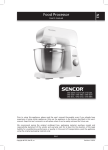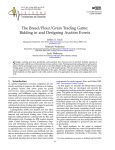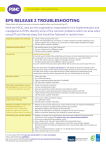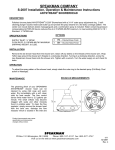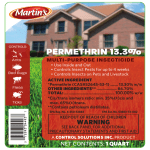Transcript
STAINLESS STEEL KITCHEN SINK CARE AND MAINTAINANCE GUIDE DO’s Frequently rinsing of your stainless steel sink, preferably after each use to remove soaps and detergents that contains chlorides. Looking for that extra sparkle? Use flour power to polish your stainless steel sink by applying dry flour when the look you're after is a gleaming finish. Rub the flour in with a soft cloth, and then rinse and dry. Club soda will do the sparkle trick as well. After placing the stopper in your sink, pour some club soda in and rub with a soft cloth. As always, dry with soft cloth to prevent water spots and surface rust. Add some shine with a few drops of baby oil. Wipe off with paper toweling and repeat for added shine. DON’Ts Do not let soap cleansers dry on the sink's surface. Rinse regularly to keep the chlorides found in most cleansers from affecting the natural luster of stainless. Steer clear of steel wool pads. The iron particles that are left behind can lead to rust and corrosion. For hard-to-clean projects, try a ScotchBrite scouring pad when the job at hand requires a little extra effort, again in the direction of the grain. Avoid leaving steel and cast iron cookware in your sink for extended periods of time. Rubber dish mats, wet sponges and cleaning pads are a no-no for a lengthy stay in your sink. Since they trap water, discoloration and staining can result. Do not use your sink as a cutting board. Knives and other sharp kitchen instruments will naturally damage the surface of your sink.
